Winding trails dotted with wildflowers below and playful butterflies above, babbling creeks where shy turtles dart off mossy logs, charming cabins nestled in wooded enclaves, the peaceful rush of water as it churns through the grist mill wheel, the bell-like ding of metal as a bearded man makes iron by a crackling fire, patient fingers quilting colorful patchwork blankets, the steady breath of a mountain biker passing by, kids laughing in the play area — this is the time of year to visit Tannehill.



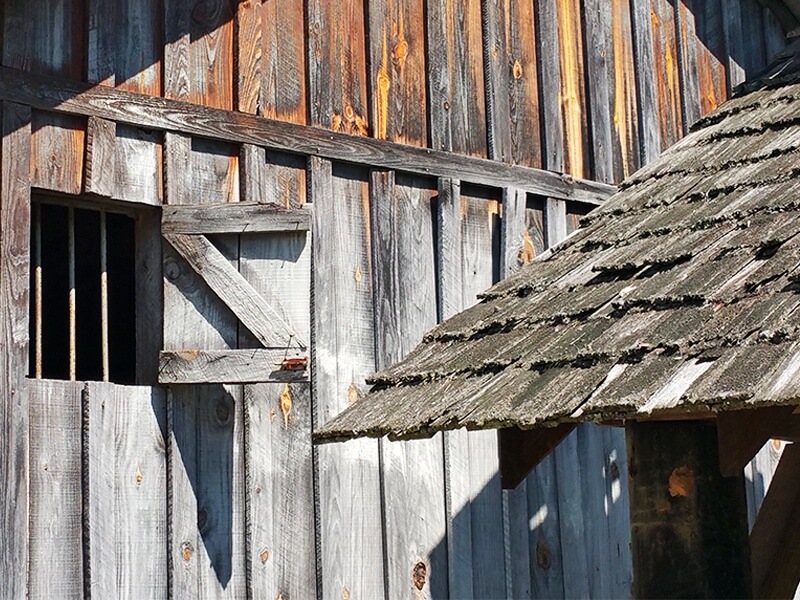

Just 30 minutes from Birmingham, the area was originally settled in the 1830s as a small farming community before the locals realized they stood on land that held the three magical ingredients for making pig iron: coal, limestone and iron ore. Tannehill Ironworks Historical State Park now pays homage to the Steel City’s rich history in iron, as it was home to the Birmingham District’s first blast furnace. “The work and experiments done here helped pave the way for the Birmingham District to become the iron and steel making giant that it came to be in the 19th and 20th centuries,” says Jennifer Watts, museum director at the Iron and Steel Museum of Alabama in Tannehill.
The first blast furnace, built by Moses Stroup in 1859, is on the site of the awe-inspiring restored furnaces at the heart of the park. The furnace produced pig iron that was transported via oxcart, then train to Selma to become part of the munitions used during the Civil War. More than 100 years ago, on March 31, 1865, the furnaces and surrounding support structures were destroyed by Wilson’s Raiders in the largest calvary operation in the war, wherein the federal raiders targeted industrial infrastructure, destroying railroads, mines and iron furnaces. The museum details Tannehill’s intriguing industrial past with a unique and diverse collection of industrial historical artifacts and images.


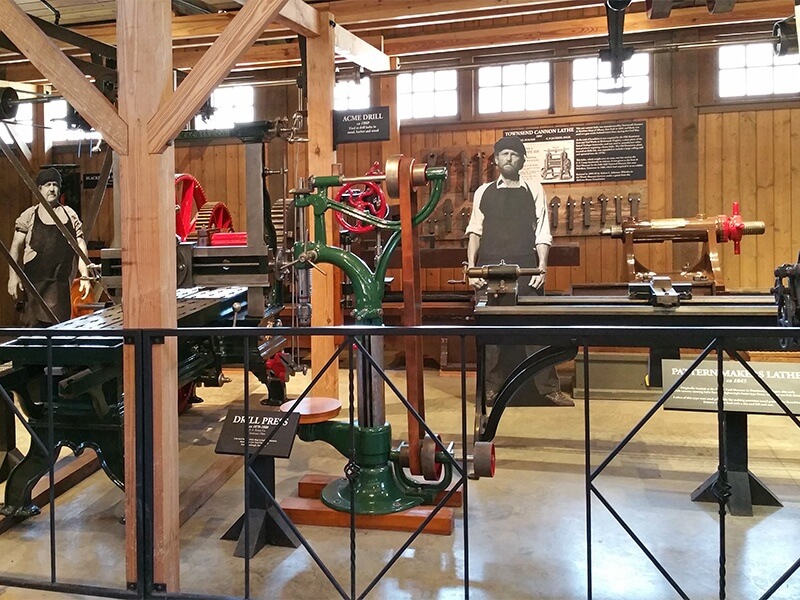
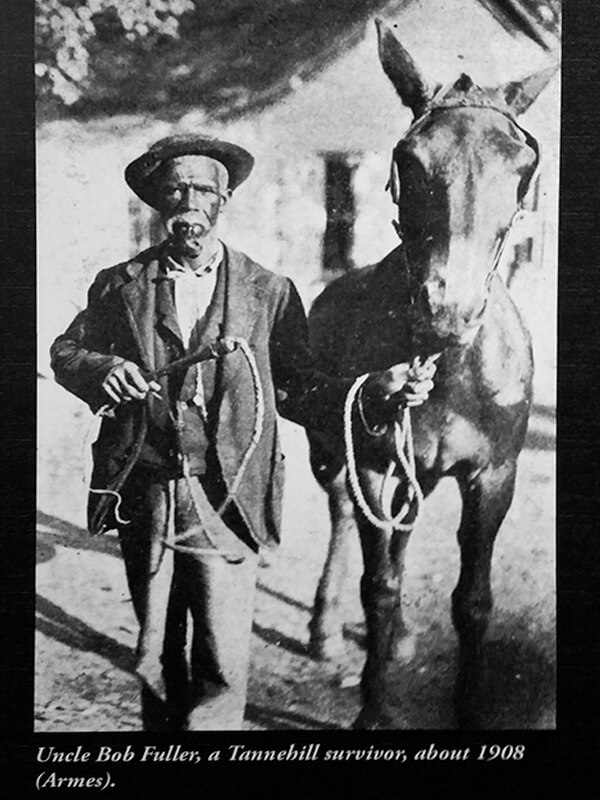
And once you’ve sated you inner history buff, walk outside the museum and this charming woodsy world is your oyster. Today, the state park is home to a charming collection of donated structures that give one a sense for the community that was once built around the town’s iron industry. Log cabins, some of which are available to rent, a chapel, an old two-room schoolhouse, a post office and a country store spark the imagination with Old World visions of what once was. Visitors can explore the pioneer village, where they can witness blacksmith demonstrations, or they can shop the Country Store, Sweet Shoppe and Craft Cabins. And for nature enthusiasts and athletes, this park is a must. “People can come out and walk through our trail system,” says Amber Marcrum, the events and activities manager at Tannehill. “For the more adventurous person, we have more than 11 miles of mountain bike trails open to riders. We have many mountain bike groups from adult groups to school-age kids that compete or just enjoy the trails.”
Tannehill plays host to a stunning array of events, including weddings, candlelight tours during the holidays, the annual Dulcimer Festival, Psaltry Festival, Gem and Mineral Show, Civil War Living History with 19th century toys and games, homemaking demonstrations, calvary and infantry soldier demonstrations, an annual open house on Smithsonian Museum Day in September, traditional bow-shooting competitions, family picnics and reunions, 5K races and more. The park also hosts around 4,000 students each year as part of Tannehill’s Side Trails to History program for area schools, but they are best known for their Trade Day events — where treasure hunters gather to shop and swap tools, clothing, jewelry, knives, furniture etc. — once a month on the third weekend of March through November. Tannehill Woodcarvers meet at the park monthly to whittle and talk shop, and members of the Alabama Forge Council, a group of professional blacksmiths, meet and take part in continuing education and other social events throughout the year.
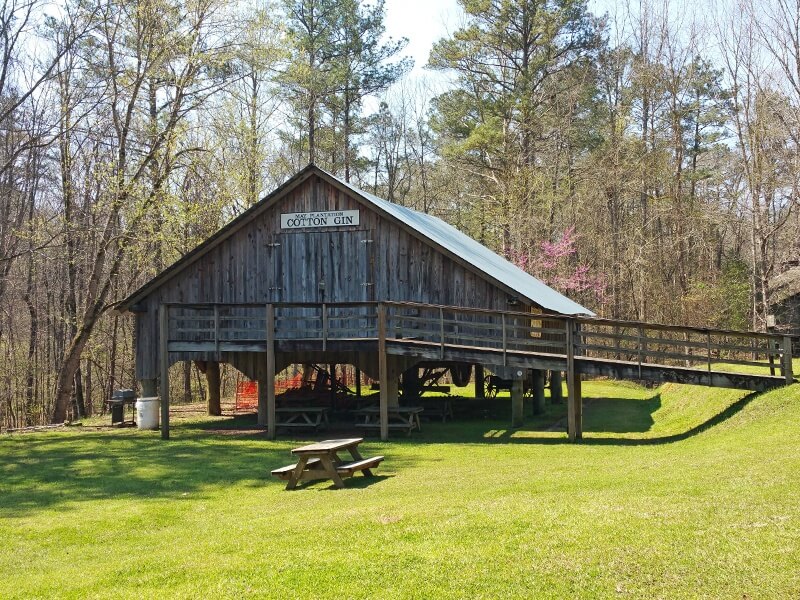

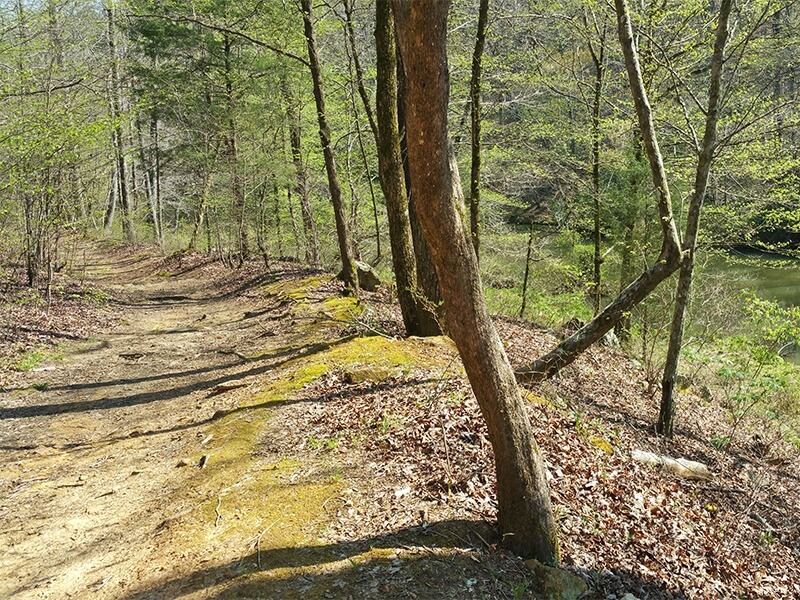
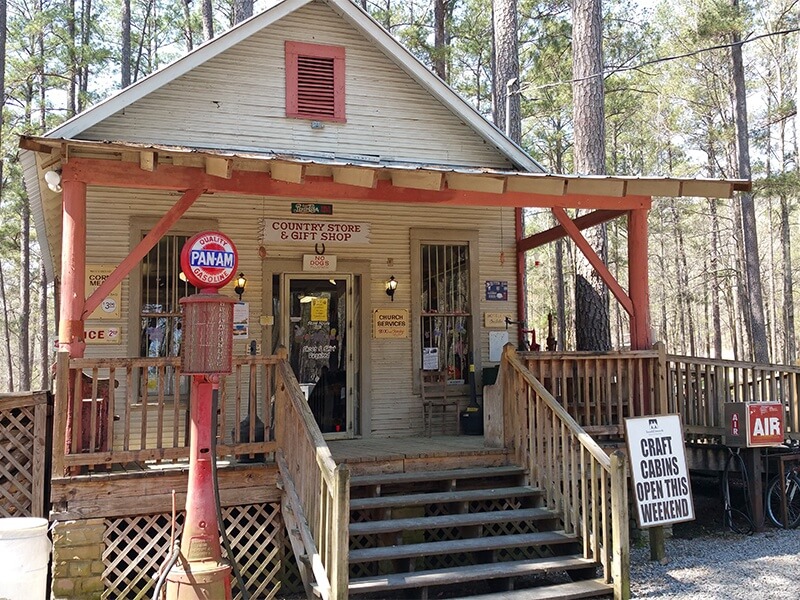
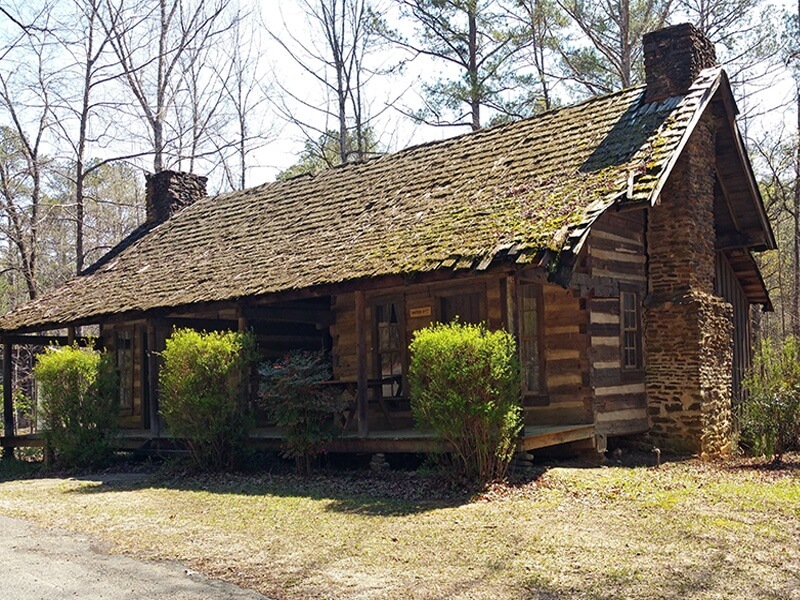

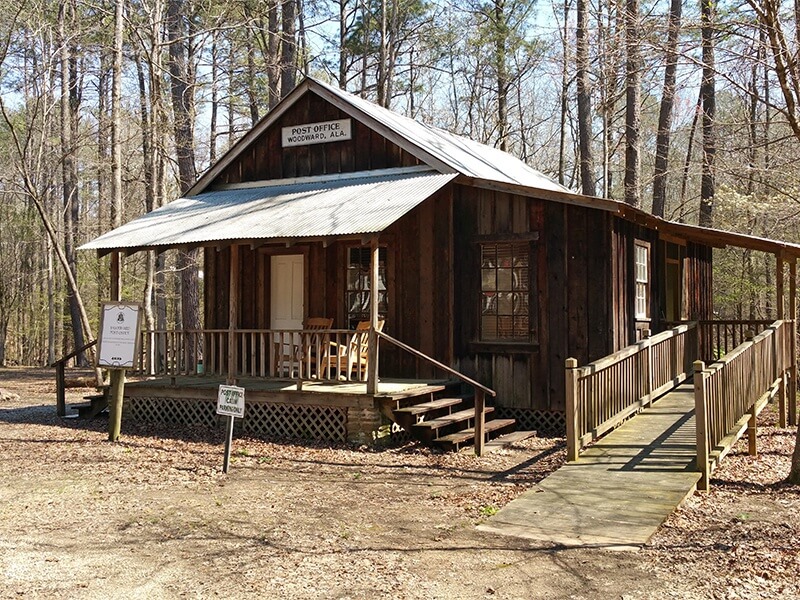
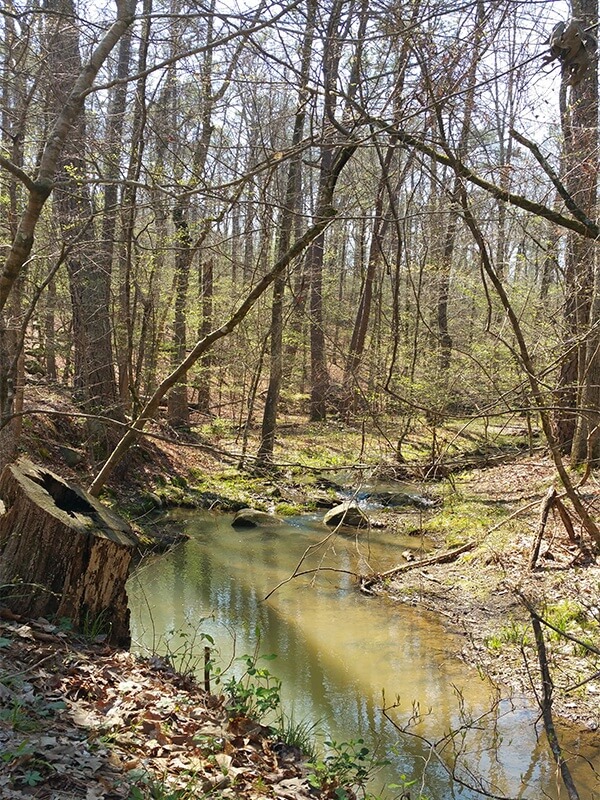
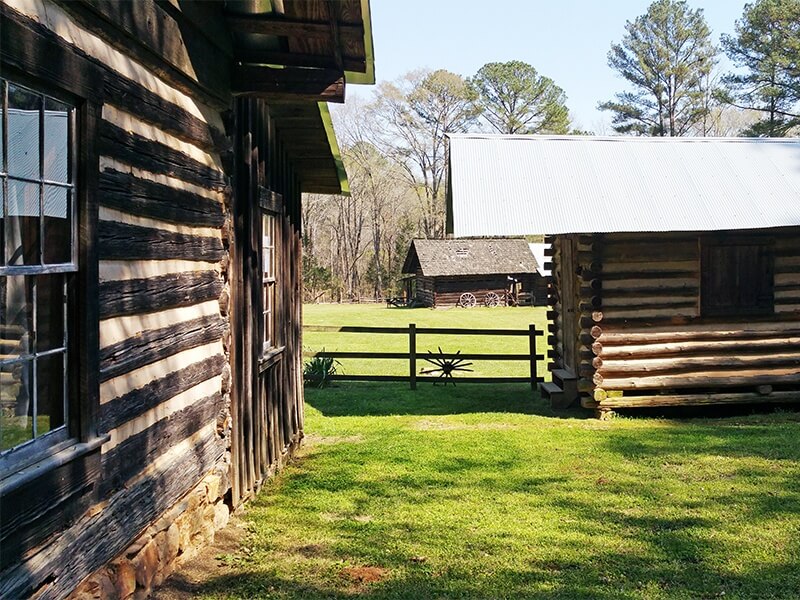
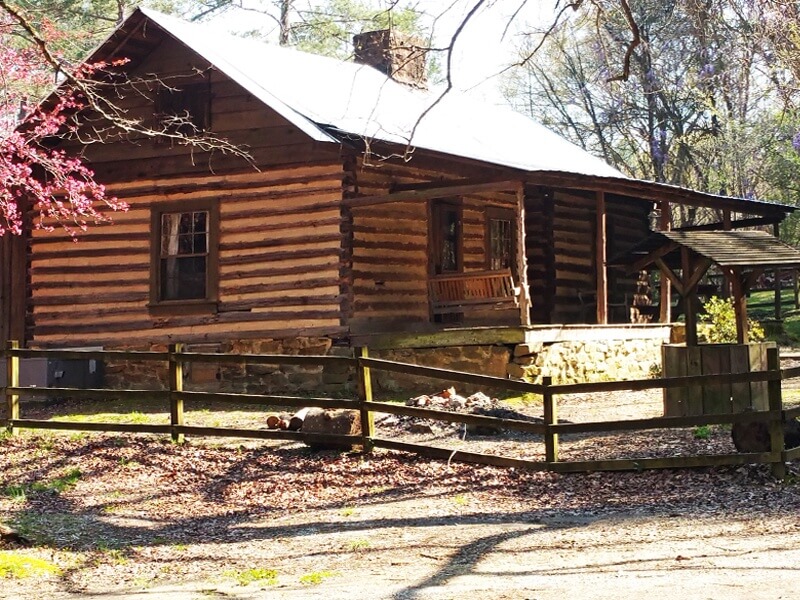
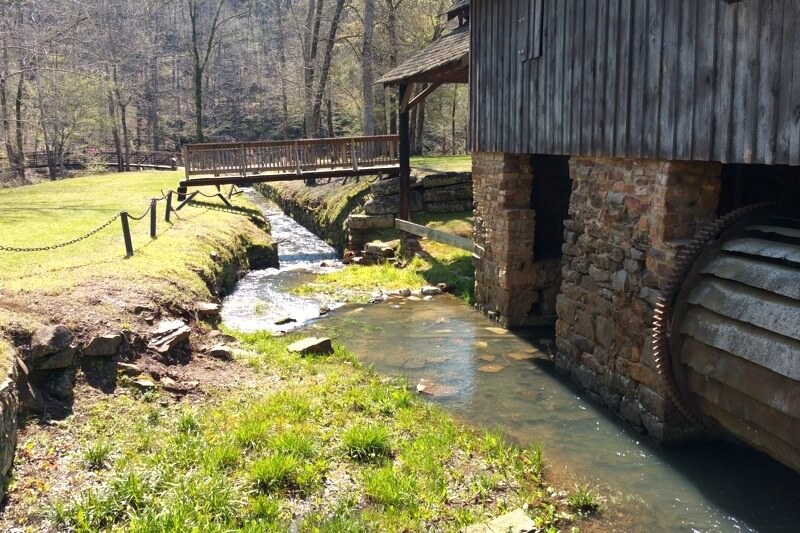

So get your fanny to Tannehill while spring is in full bloom, and enjoy crafts by local artisans, rich history, long walks on beautiful trails, picnics under shady pavilions and more!
**********
Wait, wait. Before you leave, have you heard about what is happening around the country with Uber and baby sloths today? It’s pretty amazing. Here’s our insider scoop.



















